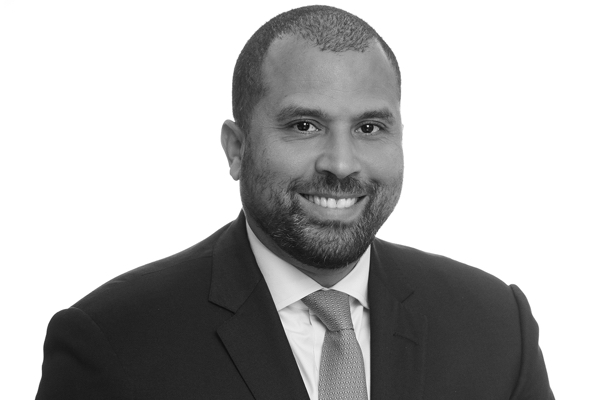Since the Federal Reserve began tightening monetary policy in March of 2022, hotel financing costs have ballooned by 500-600bps, resulting in prevailing loan coupons of 7% to 10%+.
Contributed by Kevin Davis, Americas CEO, JLL Hotels & Hospitality Group
We’ve seen a significant increase in both components of the loan coupon – the index and the credit spread – with the index going from 5bps early in 2022r to 3.79% in mid-November 2022, coupled with a 100-200bps increase in credit spreads.
In prior recent tightening cycles, we’ve generally seen credit spreads compress when the Fed has begun raising interest rates, resulting in an offset to the rate increase. However, this cycle is different because of the presence of inflation, which erodes the value of most loans, and the Fed’s aggressive (albeit late) attempt to get rid of it, which has triggered concerns about a recession.

As a result, lenders/loan investors are pricing in dual risks – inflation and recession – which has caused credit spreads to gap out even as the index has increased. Perhaps most frustrating for hotel investors is that the spread expansion is occurring amid rapidly improving hospitality fundamentals. Nevertheless, we are in a market where the macro fundamentals are driving the credit markets more than sector performance.
Despite the challenging capital markets environment, lenders are continuing to make hotel loans, with varying degrees of participation depending on lender type:
- Banks are providing the lowest cost of capital but are by far the most selective. In fact, a few banks are temporarily on hold for new loans until early 2023. The banks that are lending are focused on the best deals with strong in-place cash flows and/or existing clients. Bank spreads are the most competitive and are generally ranging from the mid-200s to mid-400s, for leverage ranging from 45% to 65% loan to value.
- The debt funds remain relatively active, but they too have become more selective. Most debt funds are reliant on banks or the securitized market to finance their positions, and as those markets have become more challenged, it’s led the debt funds to increase pricing and selectivity. Debt fund spreads generally range from +450 to 650bps, an increase of 100-200bps from earlier this year. We’ve also seen debt fund leverage come in by approximately 5 points, with maximum leverage now in the 60% to 65% range. Relative to other lender types, debt funds have the most flexible underwriting criteria. Unlike other lender types, the debt funds are less reliant on in-place cash flow. When underwriting a loan, the funds look at a combination of cash flow, loan basis, market and sponsorship to make a credit decision.
- Life insurance company lending has been fairly bespoke as several life cos have targeted hotel financing programs that focus on certain property types – i.e., select service. The life companies are generally offering pricing between bank and debt fund pricing, with leverage of up to 60% to 65%.
- SASB CMBS, which has historically offered the highest leverage at the lowest pricing, has gapped out meaningfully with loan spreads that are in the low 400s and wider depending on leverage, in-place cash flow, market and sponsorship. Floating rate AAA spreads that we’re observing represent post-COVID highs and are by far the widest levels that we’ve tracked going back to 2013. On a recent hotel securitization, the AAA component of the cap stack was priced at +300bps, which compares to floating rate AAA spreads of approximately +100bps in January of 2022.
- The construction lending markets continue to be highly selective and challenging as high construction costs have put downward pressure on leverage. Banks and debt funds have been the most active lender types in construction. Bank pricing is in the low 400s to low 500s for sub-55% financing, while debt fund pricing begins in the high 600s, going into the high single digits for up to 75% leverage.

We’re frequently asked when the financing markets will improve, and the answer is simple: once investors see a moderation in either inflation or recession risk, we’ll begin to see credit spread compression. We believe that inflation risk will be the first to subside and expect that if we have several benign inflation readings, we could see spreads come in during Q1 of 2023. Also, as the capital markets environment improves, it will be more likely that risk will be priced based on hospitality fundamentals, which, if they remain strong, could result in significant spread compression in 2023.
